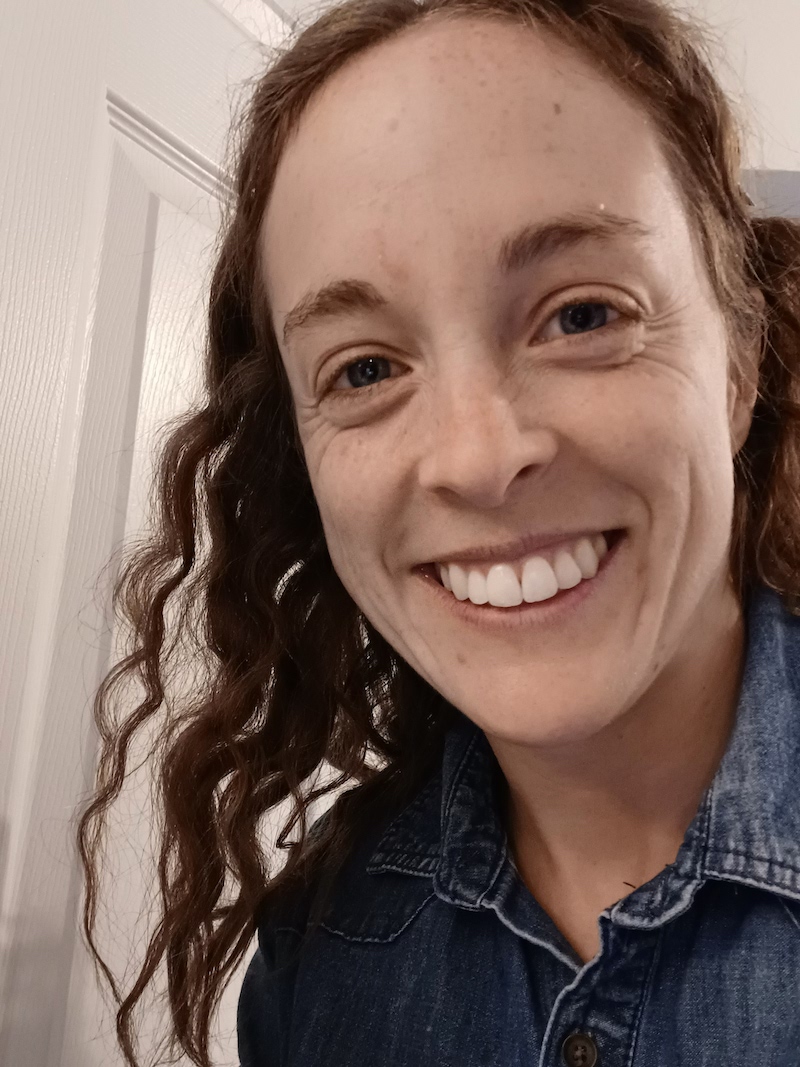Organization for Adulting
I read a book five or so years ago, and following what it said has kept me organized with minimal effort. I’m SURE this is what you were hoping to read about today, so I will summarize the key points and tell you how I’ve adapted it over the years.
Things You Need:
Physical Inbox
Folder for papers in use
To-Do List (Either a series of lists or an app)
File Cabinet with hanging folders
How the System Works:
Whenever you are assigned a task, the title of the task goes on your paper inbox, or the paper or object associated with it goes in the physical inbox. I have a wooden tray like you would find on a fancy office desk. But it’s in a cabinet. (I also have a Pinterest inbox, for my pins I want to save in a hurry.) And I guess my email inbox serves as well.
You decide how often to sort through your inbox. But it should be regular!
Inbox sorting time: If a to-do item will take less than two minutes, you just do it right then. Listing and sorting and rereading the task on your list will take more than two minutes of your life so it’s most time efficient to just do it then. If it will take longer than two minutes, write it on one of your to-do lists. Sort tasks based on how they can be completed. If you need to drive somewhere to do the task, group all of those together. If it’s something you need to focus on, put it under Kids Asleep. If you need to talk to a person about a thing, create an agenda for that person and put it there.
These are mine. I keep them in an app:
- Paper Inbox
- Agenda (one per person)
- Phone
- Car
- Kids Awake
- Kids Asleep
- Projects
- Future Blog Posts to Write
- Ideas
- Waiting
- Someday, Maybe
- Articles (better on an app)
But don’t just write the task! Think what is the NEXT ACTION for the project, and write that on the list. The time you have to actually complete these tasks is precious and you don’t want to be wasting it thinking about what’s next. When kids are asleep you want to instantly know exactly what you should be doing. If a task is big and involved, put the whole task in Projects and the next action on the list it belongs.
Setting Up the System:
Write down everything you have to do. From memory, write down all that is expected of you. Clean the cobwebs, pay the bills, find contractors for the broken sink. Walk around your house and write everything down. After you do this, maybe take a picture of the list just in case you lose the list.
If there’s an object associated with the task, that you’ve been leaving out on the counter so you will see it and be reminded or not lose it, write the task on the paper inbox and write down where you put the object you need. If you need the object for a car errand, put it in the car.
If the task is supposed to be done on a certain day, create a calendar event or reminder or snooze the email until the day you need it.
These are some folders that are in my cabinet, not alphabetized:
- Heidi (For health and school records)
- Peter
- Austin
- Erika
- Bethany
- Extra Folder Tabs
- Stamps
- Envelopes
- Index Cards
- White Paper
- Lined Paper
- Isometric Dot Paper
- The Elementary School
- The Middle School
- To Be Scrapbooked
- Monthly Receipts (Should hold three envelopes containing the past three months of receipts)
- Important Receipts (Large purchases. All other receipts are thrown away after three months. Mint.com remembers all our transactions from the start of our family to now)
- The House
- The Car
- Insurance
- HSA
- Investments
- Credit and Debit
- 2021 Taxes
- 2022 Taxes
- Personal Finance Notes
- Exercise Programs
- Quotes
- Holly’s notes
- Holly’s Useful Papers
- Holly’s Less Useful Papers


